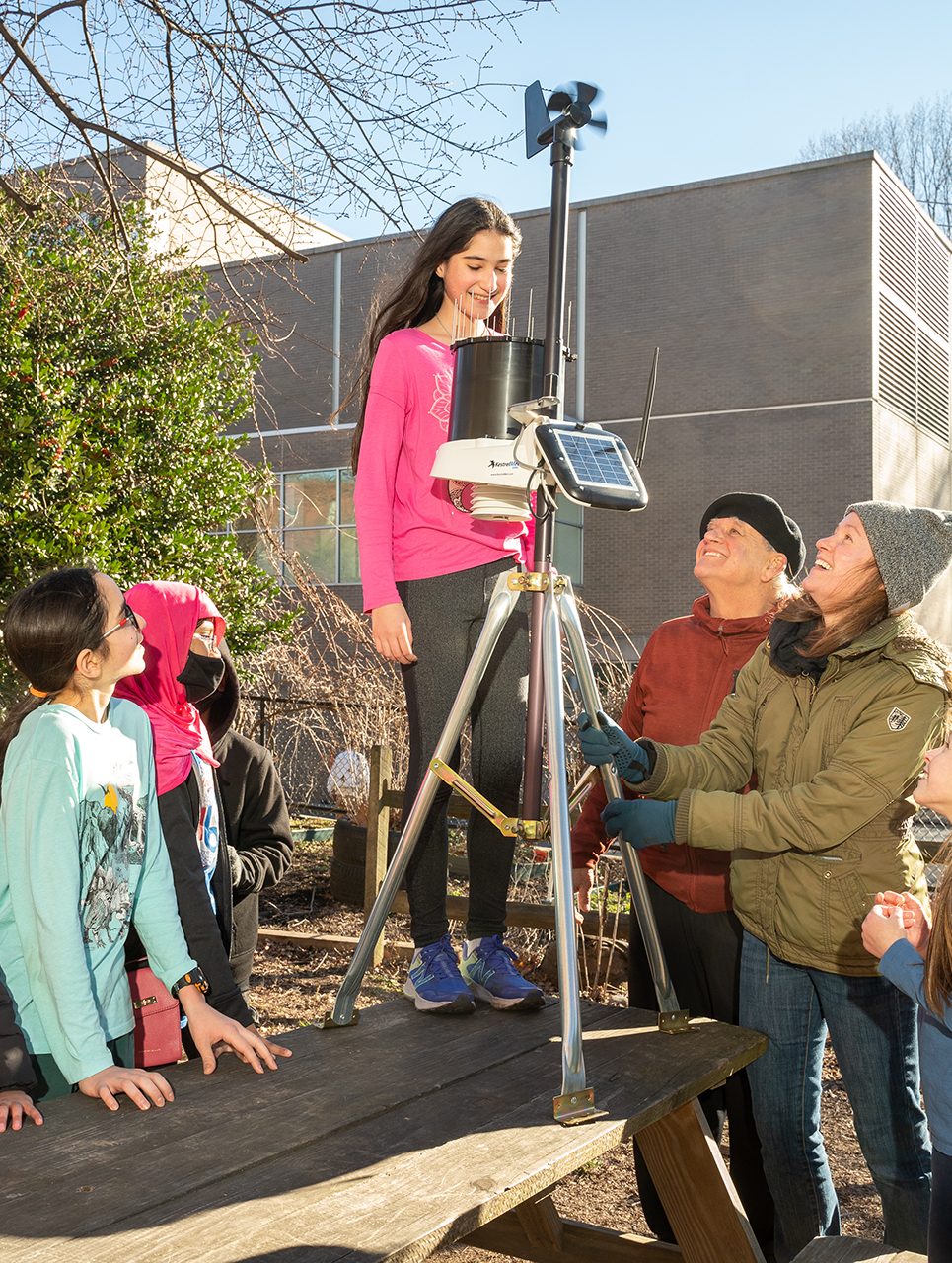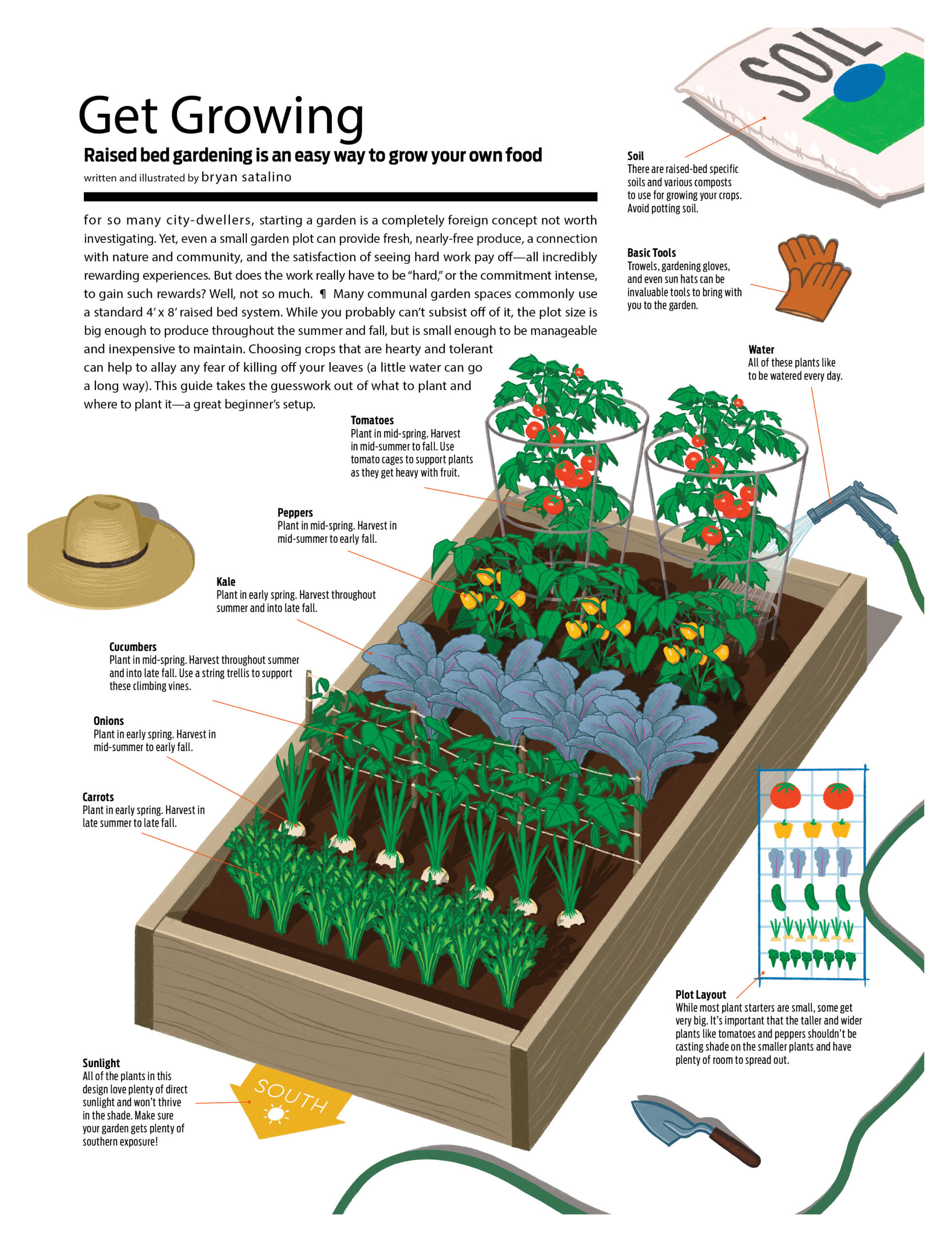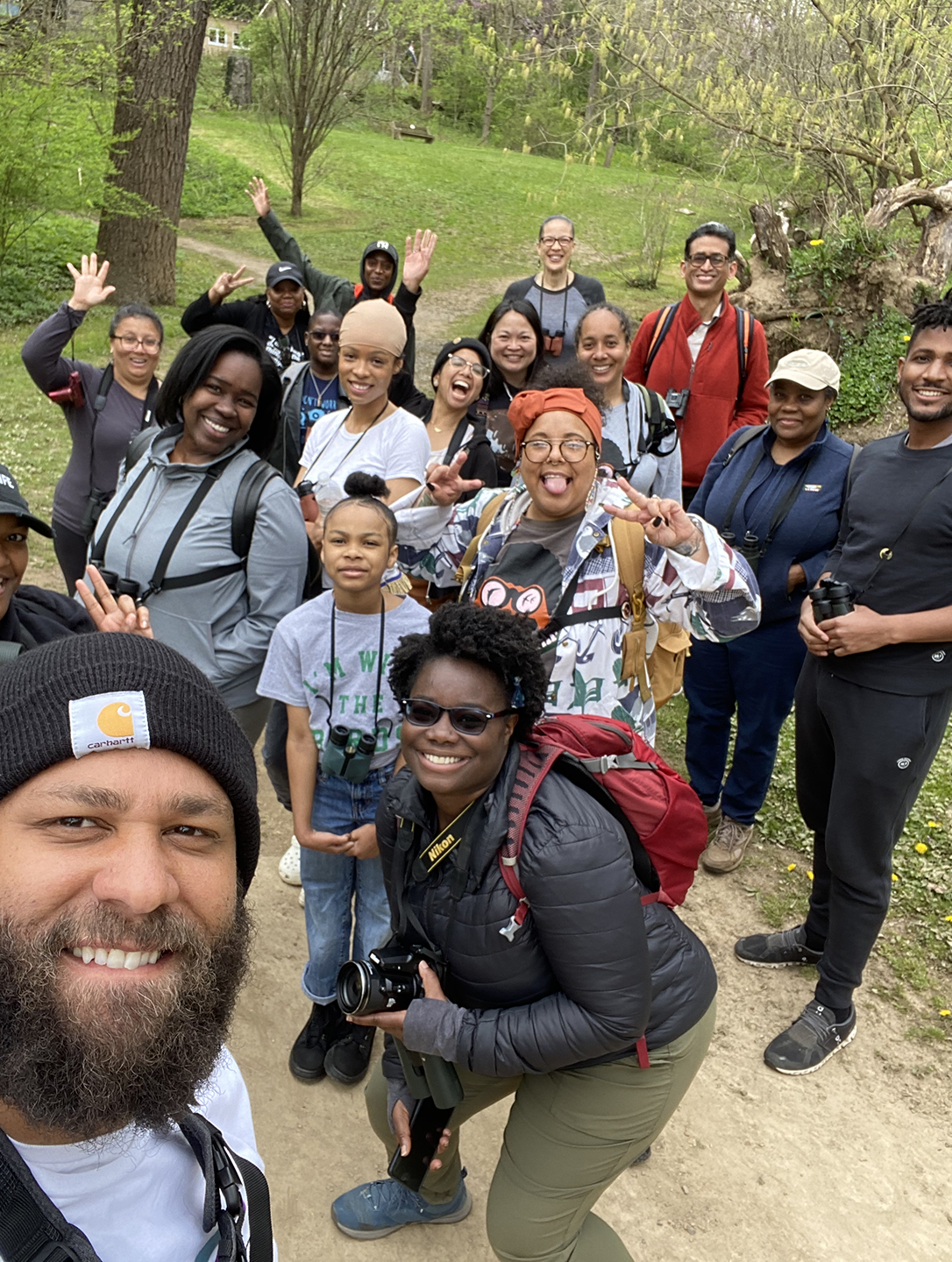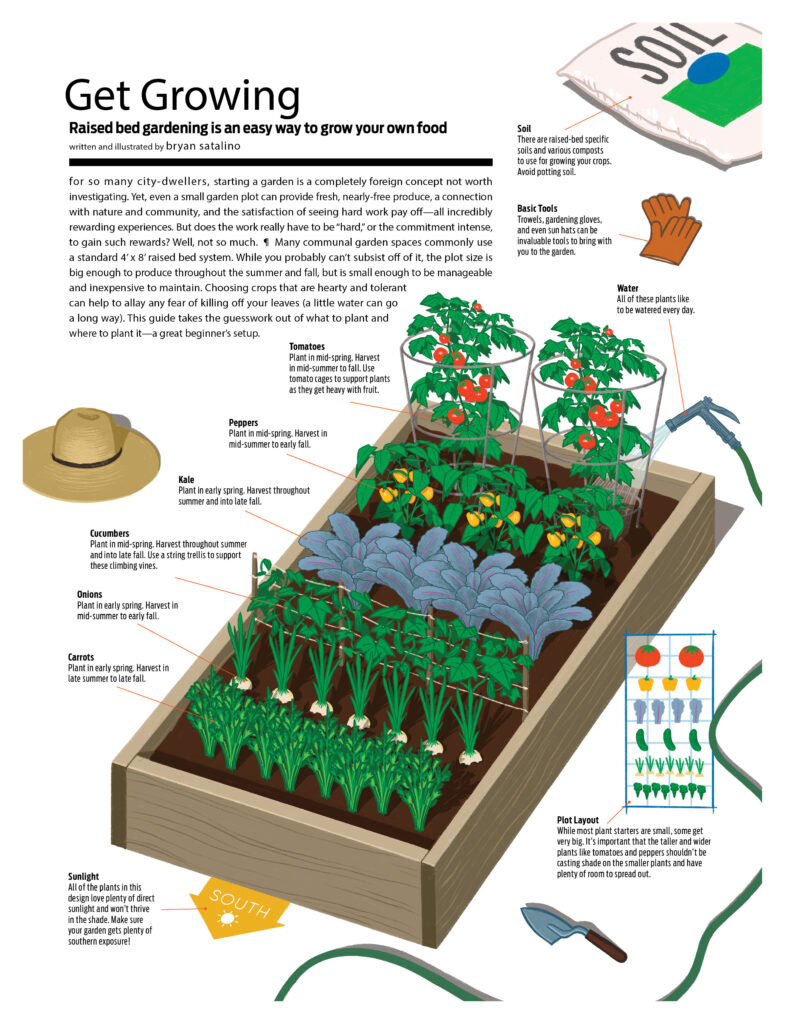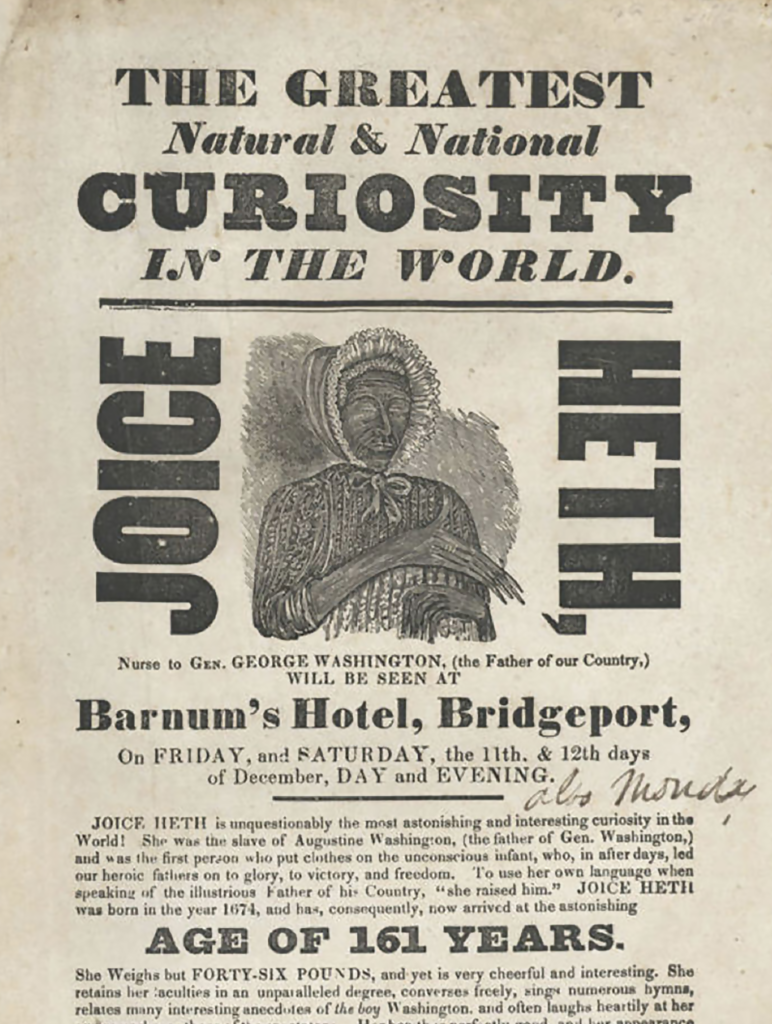Before she started working on the green schoolyard at Henry C. Lea School in West Philadelphia, landscape architect Sara Pevaroff Schuh, principal of SALT Design Studio, encountered a group of kids who called her over after finding what they said was a spider on playground equipment. It turned out to be a half-squished worm. She picked it up and dropped it in a planted area next to the playground. “And they’re shrieking their heads off because I touched the worm.” A student promptly walked over and stomped on the unfortunate worm.
You have some fundamental learning that needs to happen about the ecological world.”
— Sara Pevaroff, principal of SALT Design Studio
The incident highlighted the need for building a connection between students and the natural world.
“You have some fundamental learning that needs to happen about the ecological world, not to mention the emotional issues tied up in being afraid of nature, the insects, any of the biota,” Schuh says.
Public schools throughout the Philadelphia area are using their schoolyards to engage students with nature in order to reinforce learning goals and encourage them to develop deeper relationships with the world outside.
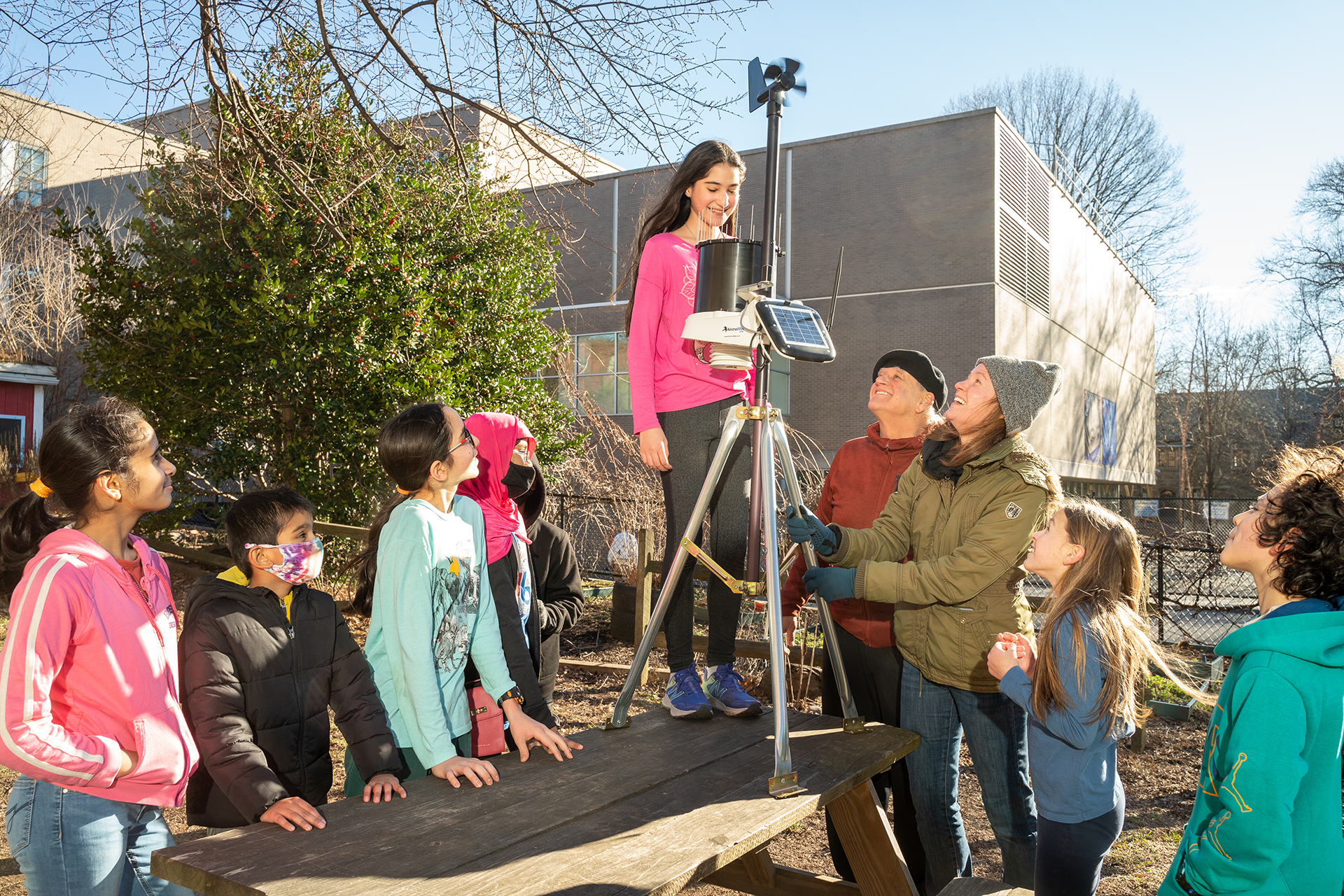
On Sunday, January 15, Penn Alexander School science teacher Stephanie Kearney and Craig Johnson of design firm Interpret Green (his chosen job title is “chief habiteer”) mounted a weather station in the school garden near 43rd and Locust Streets in West Philadelphia.
The weather station, consisting of an assortment of sensors set on a tripod, will collect real-time information on the conditions outside the school, all of which will be available for classroom learning as well as for researchers and advocates who can make use of a growing network of local readings from similar stations.
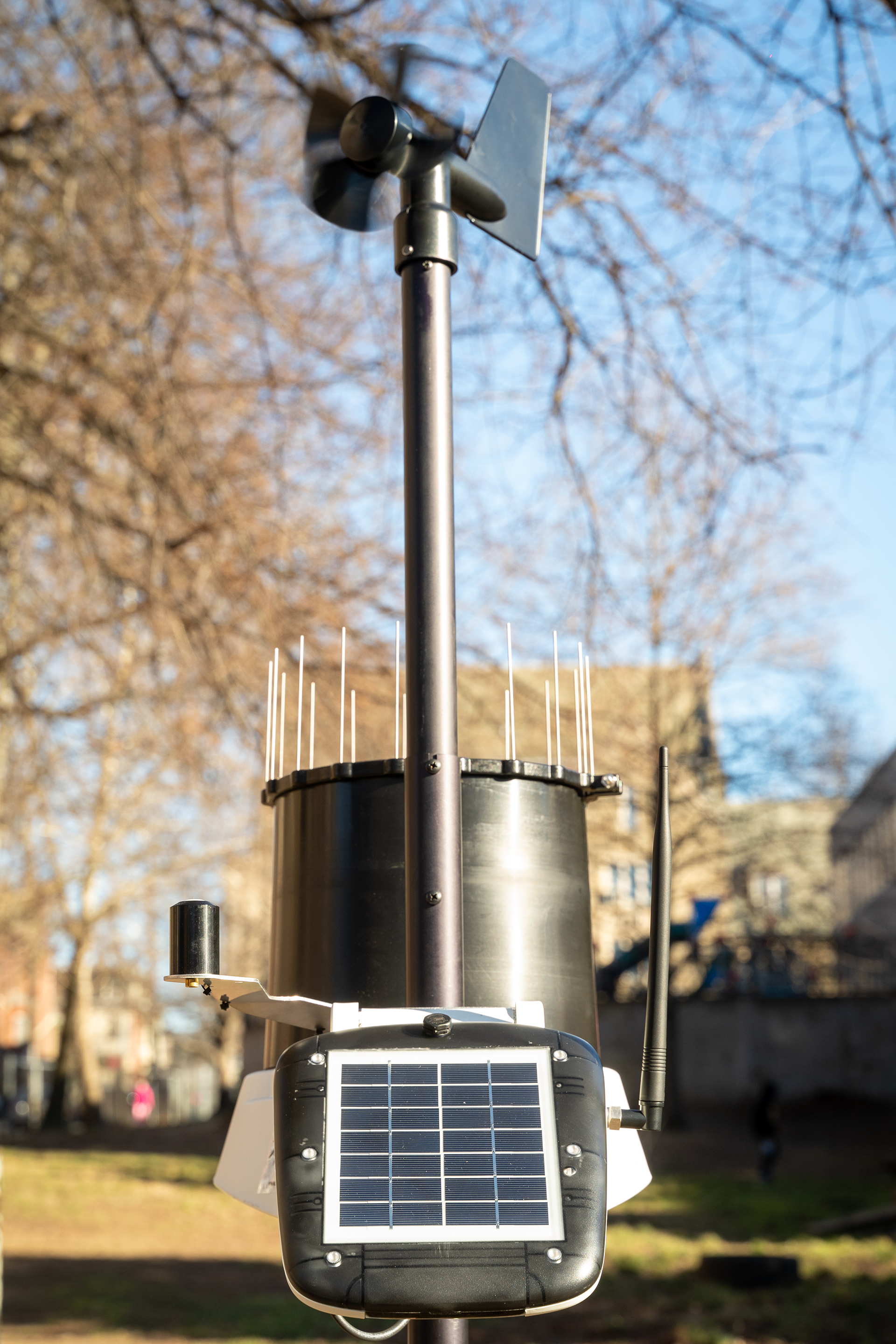
This is not Kearney’s first venture into using technology to connect her students with nature. Kearney has worked with the Philadelphia Water Department to set up a bird nest box with a camera feed, as well as a soil moisture sensor.
Toward the end of 2020, as teachers adapted to virtual learning, she won a grant to buy game cams, motion-triggered, battery-powered cameras often used by hunters to study the movements of deer and other quarry. A raccoon roving during the wee hours might avoid notice by its human neighbors, but it will still trigger the game camera to take a picture.
“I’m big on applying for grants,” Kearney says, “and I got one for game cams. I ended up giving game cams out to students to put them in their alleys and spaces in between apartment buildings. We got some of the usual suspects: raccoons, cats, squirrels, opossums.”
Kearney has been teaching her sixth-grade students about plastics pollution. “We are investigating not just how plastic is made but how it moves from the schoolyard out to the ocean and what we can do about it.” Her students collected local trash and analyzed it, finding that at least three quarters of it was plastic. “We talked about the combined stormwater system. Just today [Kearney spoke with Grid at the end of December] we got to the ocean, and kids will think about what they can do about the problem.”
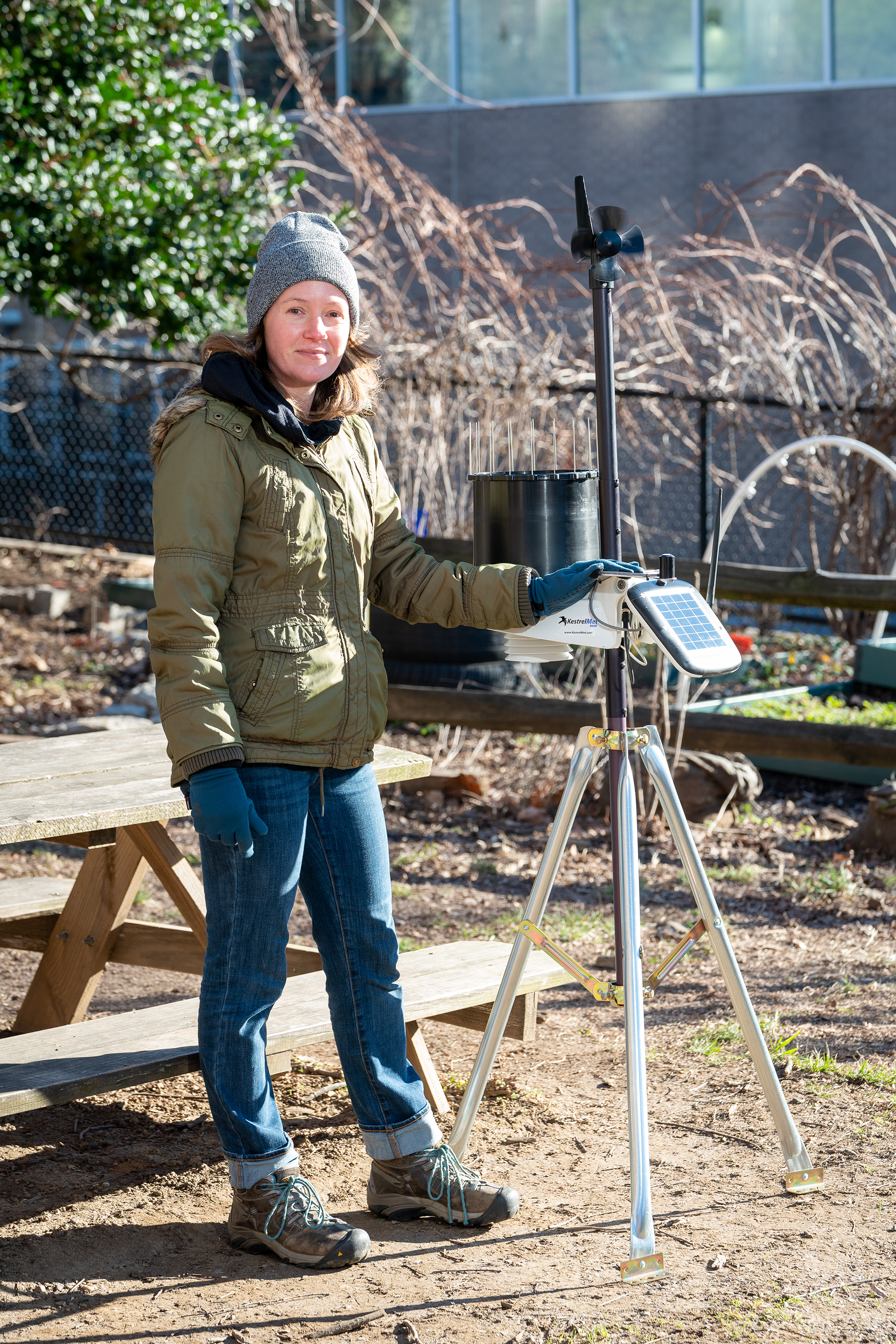
Kearney won a grant from Toshiba America for the weather station. “We had been talking for years about getting a weather station. Craig helped us put together a proposal for a full weather station — air quality and nest camera and bird feeders.” The weather sensors are the first phase, with the nest camera to follow.
This is not Johnson’s first time working with teachers to exploit the potential for learning in their schoolyards. In 2016, for example, the Delaware Valley Green Building Council (now Green Building United) gave a Groundbreaker Award to Interpret Green’s Lots-To-Learn green schoolyard project at William Cramp School in North Philadelphia. Lots-To-Learn incorporated several of the same elements Kearney is setting up at Penn Alexander, all tied into the school curriculum.
I think it’s hard for children and anybody to understand the climate if they don’t understand weather.”
— Craig Johnson, chief habiteer at Interpret Green
“Putting up a birdhouse and seeing a bird fly in and then lay an egg, [students] don’t have to be looking at an eagle’s nest in Seattle,” Johnson says. “They can walk outside and say, ‘It’s right there.’” The same goes for learning about climate and air quality. “I think it’s hard for children and anybody to understand the climate if they don’t understand weather. Where’s weather? It’s right outside your door.”
“The idea is to put scientific instruments outdoors around the school so that the students can extend their senses, so they can use that information so they can see the world around them in a much better way, a much more fulfilling way,” Johnson says.
Johnson points out that the award for Lots-To-Learn highlighted the impact that these projects can make for a relatively low cost. “What was really interesting was we got $75k to do it. The other winner was greening the top of the PECO building. They spent $9 million.”
Interpret Green has continued to work with the school district on additional schoolyards incorporating monitoring equipment and nature learning spaces. Johnson’s goal is to enable students to connect with and learn from nature, even when they can’t take a trip to a formal nature center. “I’m hoping to reimagine whatever potential there is to connect children and their classroom to the living world so that the school grounds become the nature center,” he says.
Schoolyards can also give students the chance to expand on what they learn when they do visit nature centers.
Since the 1970s, Montgomery County school groups have been visiting the Riverbend Environmental Education Center in Gladwyne, set on the hillside above the Schuylkill River (and I-76). All fourth-graders in the Norristown Area School District visit the center, totalling about 900 students from 43 classes each year, according to Julia Boyer, Riverbend’s education coordinator.
Before the field trips, Riverbend staff visited the classes to talk about what the students would see at the center and to tie the visit into their classroom learning. “The first visit into the classroom is to get them familiar with us. We talk about the concept of ecosystems and talk about food chains … get them ready for going out for three hours,” Boyer says.
“I make sure we’re hitting life sciences, biodiversity before their pre-lesson,” says Lindsay Armour, a fourth-grade teacher at Norristown’s Cole Manor Elementary School.
After the pandemic forced a pause in the live visits, Riverbend’s educators rethought the program and came up with a different site closer to the schools. They chose the Norristown Farm Park, 690 acres with eight miles of trails, including forest, stream and pond habitats. According to Boyer, the park has one educator — not enough to cover every fourth-grader in Norristown. “So we got to be the educators in their lovely space,” Boyer says.
Boyer noted an unexpected benefit of exploring nature right next to the students’ hometown, a working-class, majority-
Black-and-Brown community, rather than in Gladwyne, one of the wealthiest suburbs in the nation.
“At Riverbend [the students] say, ‘Those are big houses,’ and I say, ‘Yep, those are big houses,’” Boyer says. “They get the concept that nature is something over there. It feels like you have to drive here very far on a bus. We always said, ‘You’re welcome to come back,’ but rarely saw kids come back. This is not their neighborhood.” The farm park, on the other hand, is an easier place for the students to visit later and tie into their own neighborhoods.
As they have in past years, Riverbend educators return to the schools for a post-visit lesson, but since the pandemic they have shifted from learning in the classroom to spending time outside on the school grounds. “Before the pandemic, we stayed indoors and did classroom-based activities.” Now, though, “we take the students outside to explore the ‘ecosystem’ of their schoolyard,” Boyer says. “How is the school an ecosystem? We find living and nonliving things. You can really see it clicking. They say, ‘Oh, we saw it there.’”
After Riverbend’s post-visit session, teachers continue with the same concepts. “Beyond that there are things I’ll do with a microscope,” Armour says as an example. “We might take a closer look at what’s around us, a nonliving thing like dirt, what does it really look like?” Armour also pointed out that outdoor, hands-on learning is accessible to children regardless of how well they are doing in other subjects. A student who has trouble with written materials in the classroom is at no disadvantage when it comes to watching birds or observing soil microbes under a microscope.
School grounds can also be a place for children to learn about and connect with the systems around them while they’re at recess. “Nature play takes the ecological piece without bashing kids over the head with it,” says Schuh.
“Kids use their imagination to guide the play.” On a standard playground the equipment (slides, swings, etc.) determines how kids play. “But to me the thing about playing in nature is there are no rules, no handbook, just all the incredible resources. Seeds, leaves, twigs, whatever you can make and find becomes your play, and that is how it becomes so magical for kids.”
At McMichael Park, at Midvale and Henry avenues in East Falls, Schuh’s firm designed what she calls a hybrid between a playground and a nature play space. When a couple of trees had to be taken down, they cut the trunks into sections and incorporated them into the play area, for example set vertically in a row for children to cross, stepping from one to the next.
In Philadelphia, the Exploring Our Urban Watershed program run by the Fairmount Water Works has trained teachers of fourth-grade through high school students to teach students about how their schools and neighborhoods figure into water systems. These include local ecological themes as well as the human-built drinking water, sewage and stormwater systems. The program was inspired by schoolyard projects designed to reduce stormwater runoff, as the Water Works’ Ellen Schultz told Grid for a 2020 article on the program. “You’re doing projects on the grounds, but what about these students and teachers who use these grounds every day?” Schultz said.
Now, with funding from local pharmaceutical company Spark Therapeutics, Johnson, Schultz and partners such as the Philadelphia Water Department are working with the School District of Philadelphia’s GreenFutures sustainability office to scale up the use of schoolyards as science learning spaces and research stations.
Kearney, as well as Add B. Anderson School’s Kristin Nakaishi, who took part in the Exploring Our Urban Watershed training program, are working with a planning committee to come up with the right combination of equipment and curriculum that a five-school network in West Philadelphia will test out.
The project will build on the experience of Exploring Our Urban Watershed as well as projects, including Johnson’s, that incorporated climate and air quality monitoring equipment. “So we’ve been tossing around an idea for a while,” says Megan Garner, the district’s sustainability manager. “By the end of the third year, I believe that we’ll have a model that we’ll be able to start bringing to other areas of the city, because ideally we’d like to be able to compare the Northeast to the Southwest and the Northwest to the Southeast. We want to make it accessible to all the students.”
Garner, Schultz and Johnson all emphasized the importance of using reliable equipment that will yield data that will not only be useful in the classroom but that external researchers and advocates can use.
At district-wide scale, such a network could provide powerful information about the Philadelphia environment. “If you were to imagine we had 200 nodes and we could measure real-time heat index and measure real-time weather, have sensors in the ground, stormwater sensors,” Johnson says, “you could create a map, and show it all in real time.”
Reinventing the outside of schools also has the potential to change the relationship of students with their world.
“How schools imagine and perceive their schoolyards is a reflection of how they see their relationship with nature,” Johnson says. A brick and concrete school building surrounded by asphalt and a mowed lawn serves to seal children away from the outside world. “The industrial model is where we go to school and we give you learning, we train you. In that industrial model, a fundamental belief is the right to dominance of nature by humans, and that nature is here to serve us, and there’s no problem with neglecting it and there’s no problem with erasing it.”
The right kind of schoolyard, however, offers children the chance to explore their world and develop a sense of wonder, Johnson says, “to have a direct corporeal experience with your own senses of seeing the complexity of the world for yourself and know it is real. That’s the opportunity of a schoolyard.”


